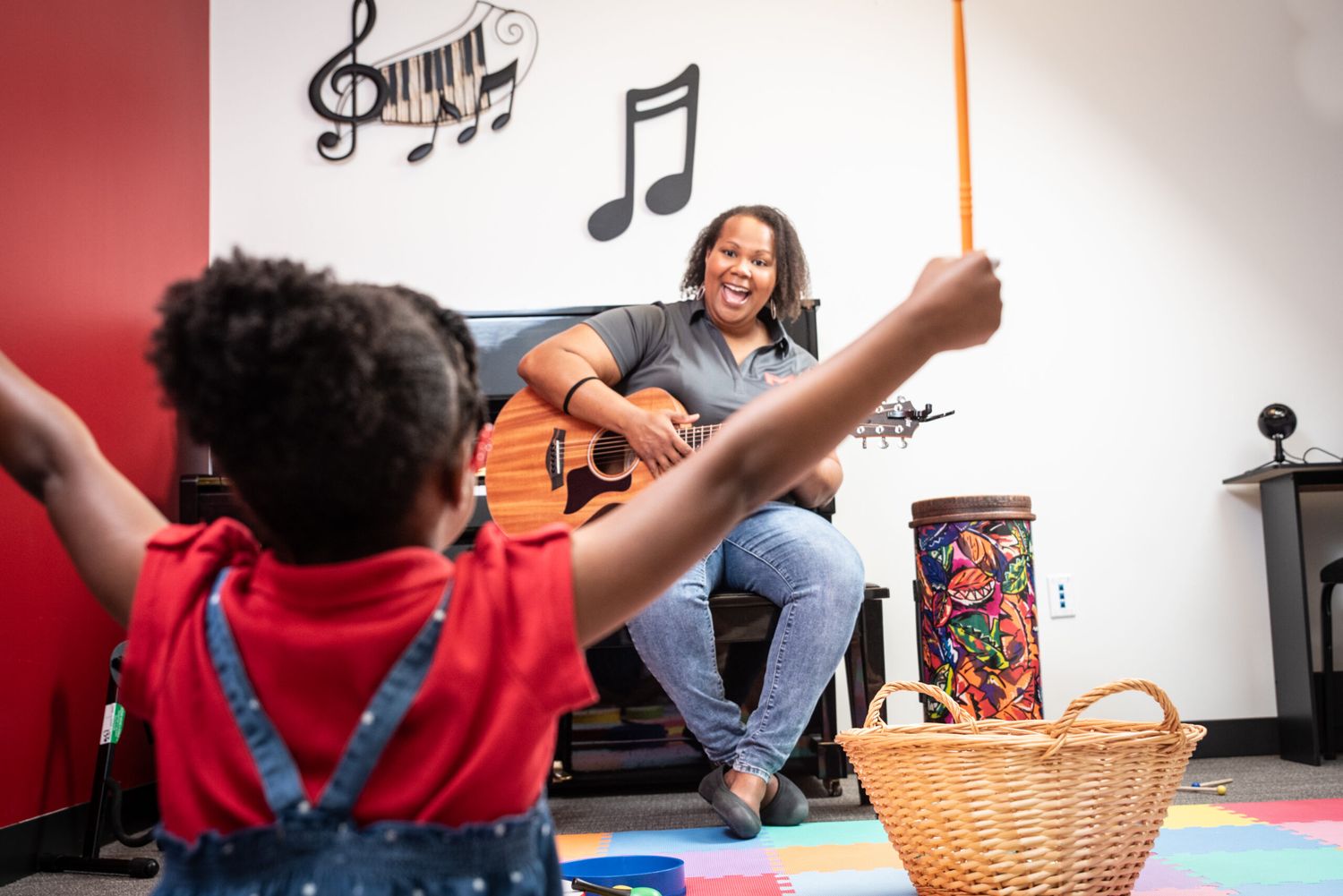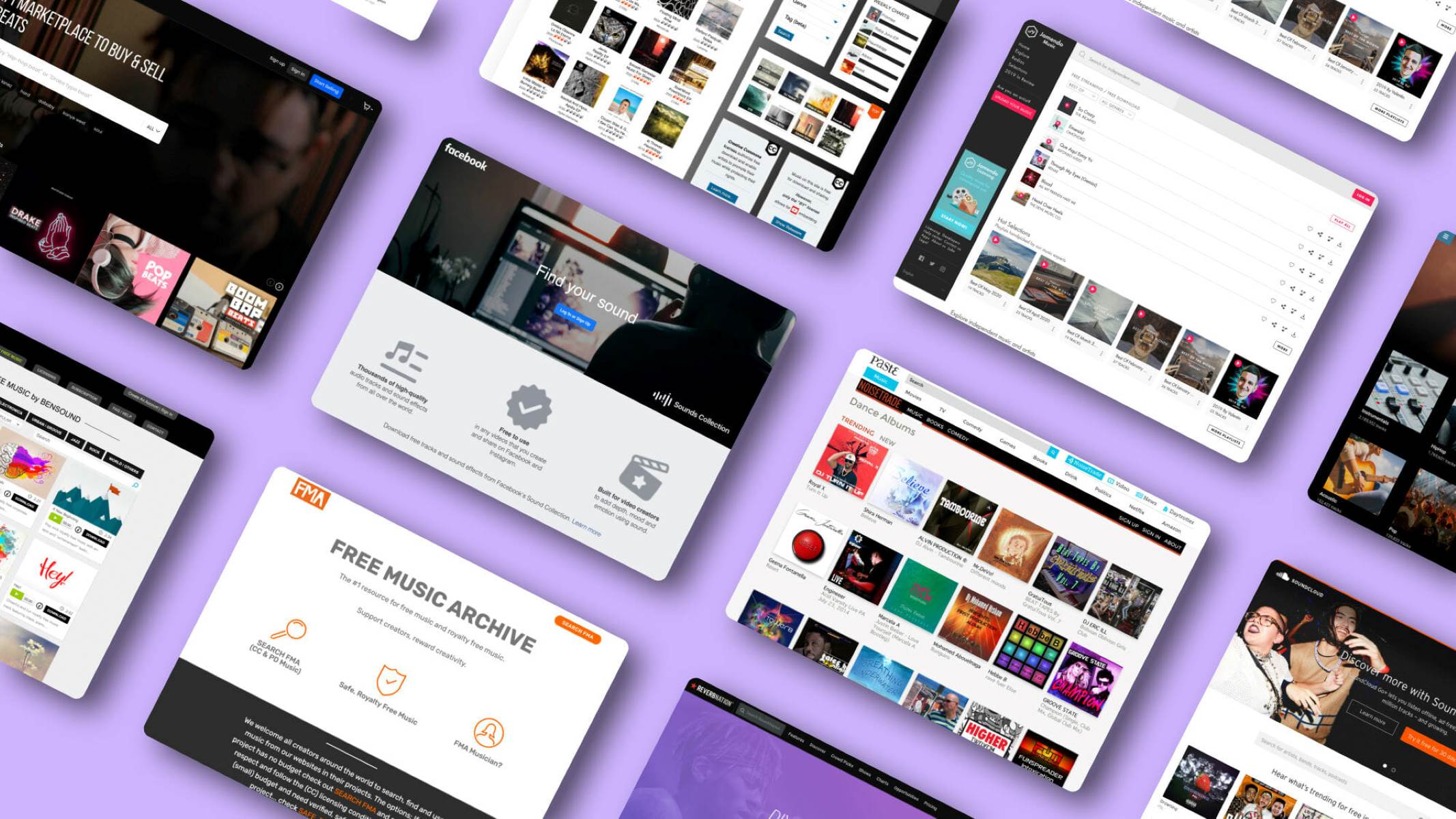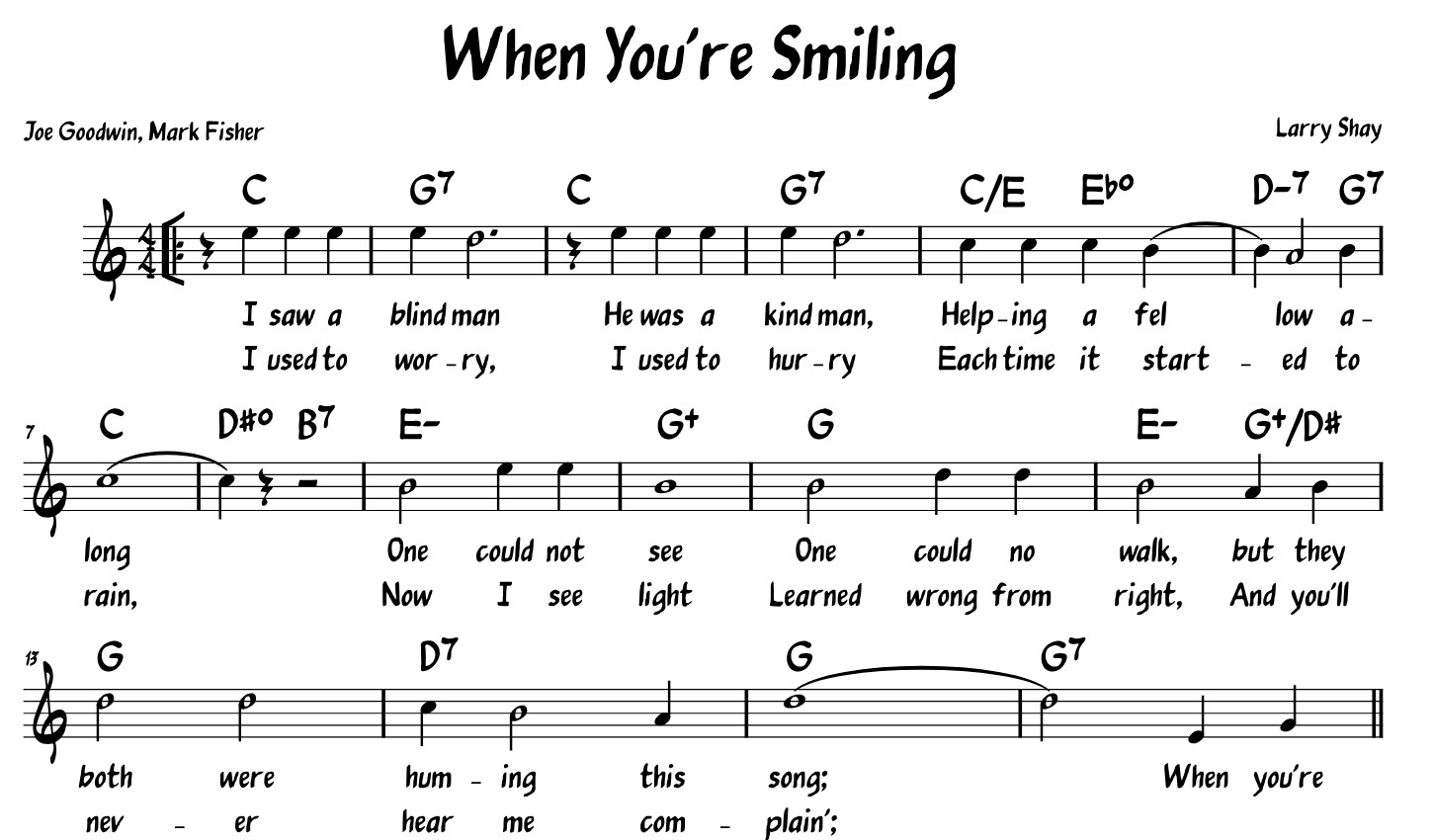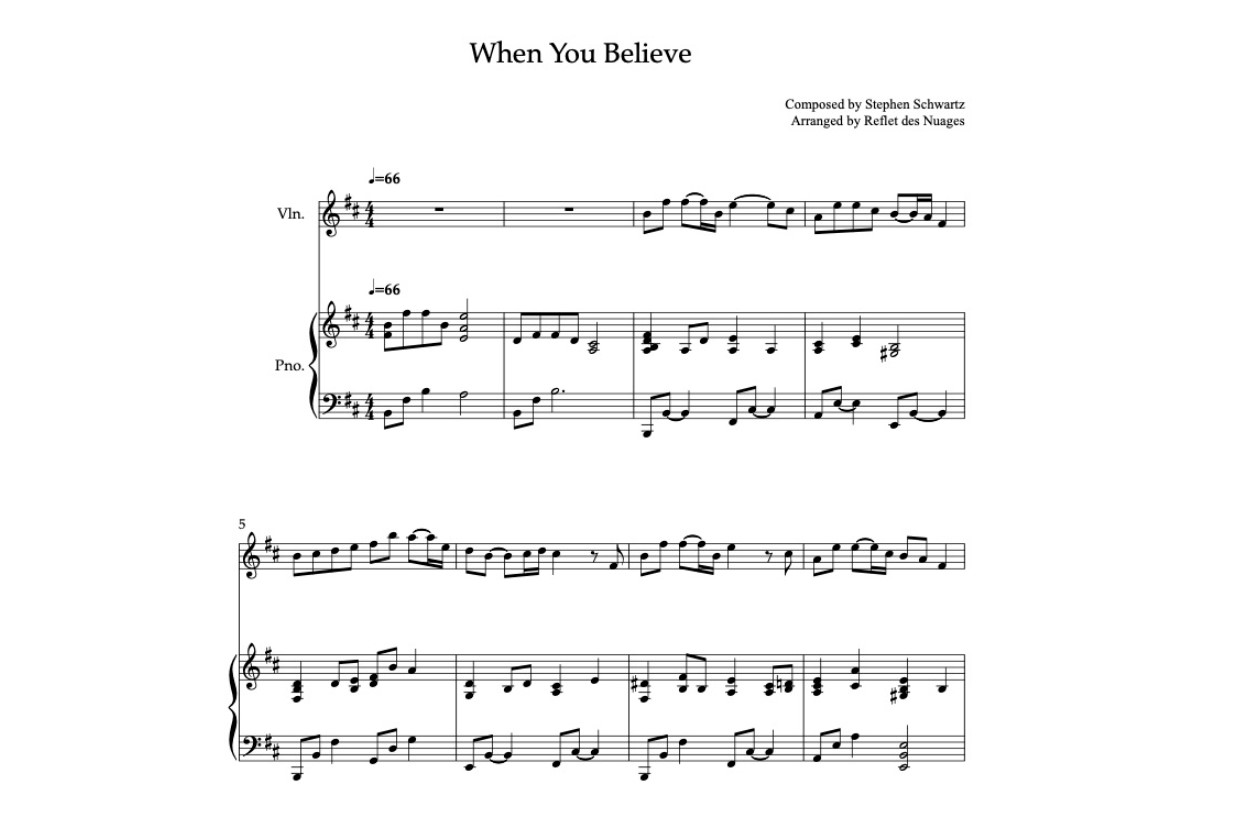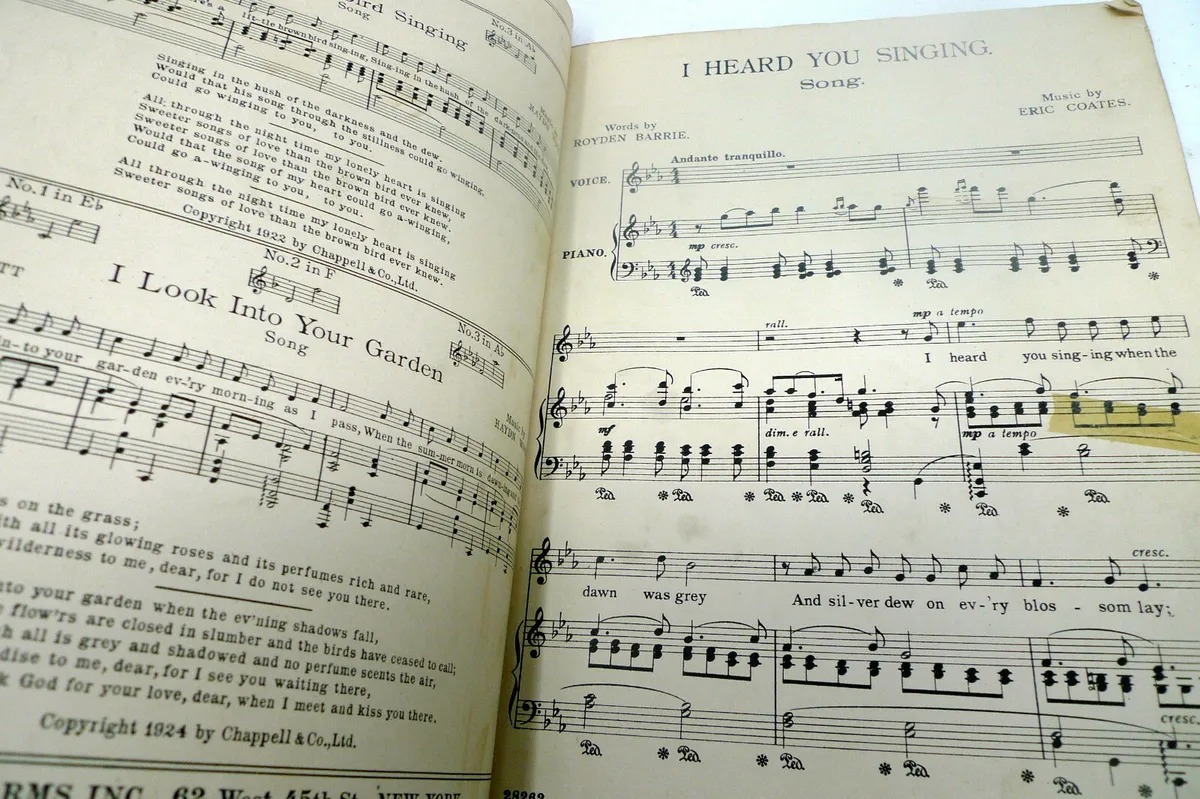Home>Production & Technology>Tempo>Can You Ask For Tempo When Sight Reading Music
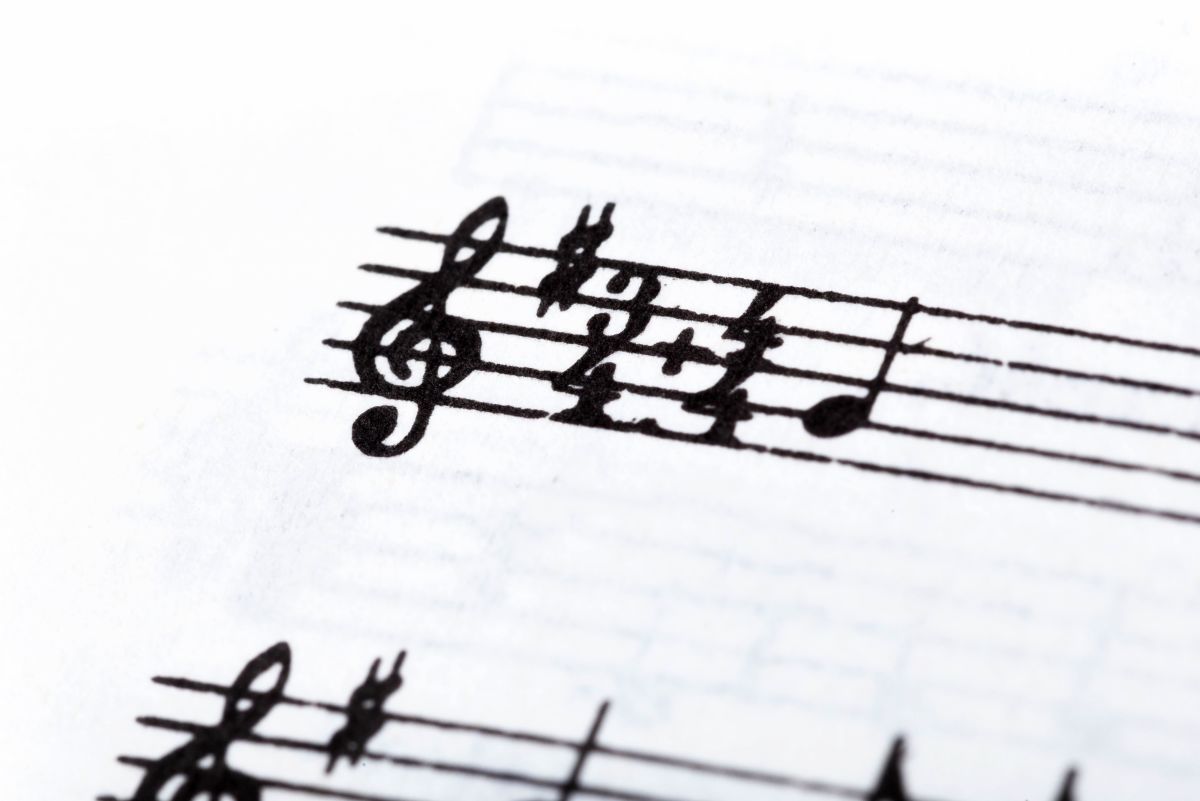

Tempo
Can You Ask For Tempo When Sight Reading Music
Published: December 10, 2023
Learn how to ask for and adjust tempo while sight reading music with these helpful tips and techniques. Enhance your musical performance by mastering tempo control.
(Many of the links in this article redirect to a specific reviewed product. Your purchase of these products through affiliate links helps to generate commission for AudioLover.com, at no extra cost. Learn more)
Table of Contents
Introduction
Welcome to the fascinating world of sight reading music! Sight reading is the skill of being able to play or sing a piece of music, usually for the first time, without prior practice or familiarity with the composition. It requires quick thinking, musical intuition, and the ability to interpret and perform music on the spot.
One crucial element of sight reading that often separates the amateurs from the experts is the mastery of tempo. Tempo refers to the speed or pace at which a musical piece is played. It sets the overall mood and feel of the music, and playing with the right tempo is essential for capturing the intended emotions and dynamics of a composition.
But here’s the question: Can you ask for tempo while sight reading? Is it acceptable to request a specific tempo from your accompanist or conductor, or should you rely solely on your own musical instincts and the tempo indicated in the sheet music? In this article, we’ll explore the pros and cons of asking for tempo while sight reading and provide you with some helpful tips for navigating this aspect of musical performance.
Understanding Sight Reading
Sight reading is a crucial skill for musicians, allowing them to quickly and accurately perform music that is unfamiliar to them. It requires the ability to read musical notation and translate it into sound in real-time. Sight reading is commonly associated with instrumentalists, but it is equally important for vocalists and conductors.
When sight reading, musicians are presented with a piece of music they have never seen before and are expected to play or sing it correctly, with the appropriate phrasing, dynamics, and expression. This skill is often necessary in live performance settings, auditions, rehearsals, and collaborative musical endeavors.
Successful sight reading requires a solid foundation in music theory, knowledge of various musical styles, and proficiency on the instrument or in vocal technique. It also demands quick thinking and the ability to make split-second decisions regarding tempo, dynamics, and interpretation.
Typically, sight reading exercises involve a combination of rhythm, melody, and harmony. Musicians must accurately interpret the musical symbols on the page, including notes, rests, time signatures, key signatures, dynamics, and articulation markings. They must also pay attention to the overall structure and form of the composition to deliver a cohesive performance.
While some musicians have a natural aptitude for sight reading, others need to develop and refine this skill through regular practice. Daily sight reading exercises, focusing on different musical genres and difficulty levels, can significantly improve one’s sight reading abilities over time.
Now that we have a better understanding of what sight reading entails, let’s delve into the importance of tempo in this challenging musical endeavor.
The Importance of Tempo in Sight Reading
Tempo plays a crucial role in sight reading as it dictates the speed at which a musical piece should be performed. It is the foundation upon which the entire performance is built, setting the mood, energy level, and overall feel of the music. In the context of sight reading, tempo holds particular significance for several reasons.
First and foremost, maintaining a consistent tempo while sight reading helps to establish a solid foundation for the performance. It provides a sense of structure and cohesion, allowing the performer to navigate through the piece with clarity and confidence. Without a defined tempo, the music can feel disjointed and lack coherence, making it more challenging to accurately interpret and execute.
Furthermore, tempo serves as a guide for rhythm and pulse. It helps musicians stay synchronized with one another, particularly in ensemble settings or when accompanying other performers. When sight reading in a group, aligning with the agreed-upon tempo ensures a cohesive and harmonious performance.
Tempo also influences the interpretation of a musical piece. Different tempos can dramatically change the character and emotional impact of the music. For example, a slow tempo may evoke a sense of tranquility and introspection, while a fast tempo can generate excitement and energy. By adhering to the indicated tempo or making deliberate tempo choices while sight reading, musicians can effectively convey the intended mood and emotions of the composition.
Additionally, tempo aids in the understanding of complex musical structures and dynamics. It helps musicians anticipate upcoming phrases, accents, and changes in the music. This comprehension enables them to make informed musical decisions on the fly, ensuring a seamless and polished performance even in unfamiliar territory.
Overall, tempo acts as a guiding force in sight reading, providing a framework for musicians to navigate through the music and deliver a cohesive performance. It enhances communication and synchronization between performers and facilitates the accurate interpretation and execution of the music.
Now that we’ve established the importance of tempo in sight reading, let’s explore whether it is acceptable to ask for a specific tempo while engaging in this challenging musical skill.
Can You Ask for Tempo While Sight Reading?
The question of whether you can ask for tempo while sight reading is a common one among musicians. The answer depends on the context and the specific musical situation. In general, it is not common or expected to ask for tempo adjustments while sight reading, as the focus is on reading and performing the music accurately without prior preparation.
Sight reading is often used as a test of musicianship, requiring performers to quickly assess and execute the music as written. It challenges their ability to adapt to new material and demonstrate their musical prowess in real-time. Asking for tempo adjustments during a sight reading session can disrupt the flow and purpose of this exercise.
However, there might be certain situations where it is acceptable or even necessary to ask for tempo adjustments while sight reading. For example, in a collaborative setting such as a rehearsal or ensemble performance, it is common for the conductor or designated leader to provide tempo cues or make adjustments based on the interpretation of the music or the desired performance style. In these cases, it would be appropriate to follow the indicated tempo changes or ask for clarifications if needed.
Additionally, if you are sight reading with a pianist or accompanist who is playing a supportive role, you may discuss and agree upon a suitable tempo beforehand to ensure a harmonious performance. This can be particularly helpful when sight reading challenging or intricate musical compositions where maintaining a consistent tempo is essential.
Ultimately, the key factor to keep in mind when considering whether to ask for tempo adjustments while sight reading is the context and the expectations of the situation. While it is generally not expected to ask for tempo changes during a sight reading exercise, there may be instances where collaborative input or clarification is appropriate.
Now that we have explored the possibility of asking for tempo adjustments while sight reading, let’s examine the potential advantages and disadvantages of doing so.
Pros of Asking for Tempo
While it may not be the norm, there are certain advantages to asking for tempo adjustments while sight reading in specific situations. Let’s delve into some of the pros of requesting tempo changes:
- Expression and Interpretation: Asking for tempo adjustments can allow for a more nuanced and expressive performance. It gives musicians the opportunity to bring out certain musical phrases or sections by slightly altering the tempo. This can enhance the overall interpretation of the piece, adding depth and emotion.
- Musical Communication: Requesting tempo changes can promote collaboration and communication between musicians, especially in group settings. It encourages a dialogue about the desired musical direction and helps create a cohesive and synchronized performance. This is particularly valuable when sight reading together as an ensemble.
- Adapting to Difficulty: Sight reading can present challenging musical passages that may require adjustments to tempo. Asking for a slower tempo during intricate sections can give musicians the opportunity to better grasp the technical demands of the music, ensuring accuracy and control.
- Reinforcing Musical Intentions: In some cases, the indicated tempo in the sheet music may not accurately reflect the composer’s intention or the desired performance style. By requesting tempo adjustments, musicians can align their interpretation with their artistic vision, creating a more authentic and compelling performance.
- Improving Learning and Familiarization: Asking for tempo adjustments can be valuable during the initial stages of learning a new piece. By starting at a slower tempo, musicians can familiarize themselves with the music, internalize the notes and rhythms, and gradually build up to the intended tempo. This can enhance overall proficiency and confidence while sight reading.
It is important to remember that while there are benefits to asking for tempo adjustments while sight reading, doing so should be done judiciously and with respect for the musical context and the expectations of the situation.
Now that we’ve explored the advantages of asking for tempo adjustments, let’s take a look at the potential downsides or challenges that may arise.
Cons of Asking for Tempo
While there may be advantages to asking for tempo adjustments while sight reading, there are also some potential drawbacks and challenges to consider. Let’s explore some of the cons of requesting tempo changes:
- Disruption of Flow: Sight reading is often about maintaining a steady flow and continuity throughout the music. Asking for frequent tempo adjustments can disrupt the natural progression of the piece and hinder the overall coherence of the performance.
- Lack of Preparation: The essence of sight reading lies in the ability to perform a piece without prior practice or familiarity. Asking for tempo adjustments can suggest a lack of preparedness and can diminish the authenticity of the sight reading experience.
- Dependency on Others: Requesting tempo changes relies on the cooperation and availability of others, such as accompanists or conductors. In situations where these resources may not be readily available, depending on tempo adjustments can limit the flexibility and adaptability required in sight reading.
- Potential Confusion: Asking for tempo adjustments can introduce confusion, particularly in group settings. Different musicians may have varying interpretations of the desired tempo, leading to a lack of cohesion and synchronization when sight reading together.
- Time Constraints: In certain scenarios, such as auditions or performances with strict time limits, requesting tempo adjustments may not be feasible or practical. It is crucial to be mindful of these constraints and work within the given time frame.
It is important to carefully consider the balance between the benefits and drawbacks of asking for tempo adjustments while sight reading. While there may be instances where requesting tempo changes is appropriate and beneficial, it should be done selectively and with respect for the musical context and the expectations of the situation.
Now that we have explored both the pros and cons of asking for tempo adjustments while sight reading, let’s move on to some practical tips for effectively incorporating tempo considerations into your sight reading practice.
Tips for Asking for Tempo While Sight Reading
If you find yourself in a situation where asking for tempo adjustments while sight reading is appropriate or necessary, here are some practical tips to keep in mind:
- Communicate Clearly: Clearly express your intention to adjust the tempo and provide a specific reference point, such as a measure number or a musical cue, to ensure everyone is on the same page.
- Be Mindful of the Music: Consider the musical context and the overall structure of the piece. Request tempo changes that make sense musically and support the intended interpretation of the composition.
- Collaborate with Others: In ensemble settings, communicate and collaborate with your fellow musicians or conductor to align on tempo adjustments. This ensures a unified performance and a harmonious interpretation of the music.
- Practice Flexibility: Maintain a flexible mindset and be open to adjustments suggested by others. Sight reading often requires adaptability, and being receptive to different tempo choices can enhance the collaborative experience.
- Balance Accuracy and Expression: While seeking the ideal tempo for a particular passage, remember to prioritize accuracy and clarity in your performance. Ensure that tempo adjustments do not compromise the overall execution of the music.
- Utilize Practice Strategies: In rehearsal or practice sessions, experiment with different tempos to explore the range of musical possibilities. Gradually build up to the intended tempo and develop a sense of comfort with the piece.
- Observe and Incorporate Musical Cues: Pay attention to any musical cues provided by the composer, such as dynamic markings, articulations, or changes in expression. Let these cues guide your tempo choices and enhance your understanding of the music.
- Maintain a Professional Approach: When asking for tempo adjustments, do so professionally and respectfully. Respect the expertise of others and be receptive to their input, creating an environment of collaboration and musical growth.
- Embrace the Learning Process: Remember that sight reading is a skill that can be developed over time. Embrace the challenges that come with tempo adjustments as opportunities for growth and improvement in your sight reading abilities.
By following these tips, you can effectively incorporate tempo considerations into your sight reading practice and enhance your overall musical performance.
Now, let’s summarize what we’ve discussed so far.
Conclusion
Sight reading music is a skill that requires musicians to quickly interpret and perform music without prior practice. While tempo plays a vital role in guiding and shaping a sight reading performance, the question of whether to ask for tempo adjustments depends on the specific context and expectations of the situation.
Requesting tempo changes while sight reading can have its advantages, such as allowing for greater expression, promoting collaboration, adapting to difficulty, reinforcing musical intentions, and facilitating the learning process. However, there are also potential drawbacks, including disruption of flow, lack of preparation, dependency on others, potential confusion, and time constraints.
If you find it necessary to ask for tempo adjustments while sight reading, remember to communicate clearly, be mindful of the music, collaborate effectively, balance accuracy and expression, and practice flexibility. By adopting a professional approach and embracing the learning process, you can effectively incorporate tempo considerations into your sight reading practice.
Ultimately, whether or not to ask for tempo adjustments while sight reading is a decision that should be made judiciously, taking into account the specific musical context and the expectations of the situation. By striking a balance between following the indicated tempo and making informed adjustments when necessary, you can enhance your sight reading abilities and deliver captivating musical performances.
So embrace the challenges, practice regularly, and enjoy the process of sight reading music with the right tempo, allowing you to bring the music to life in a meaningful and expressive way.

